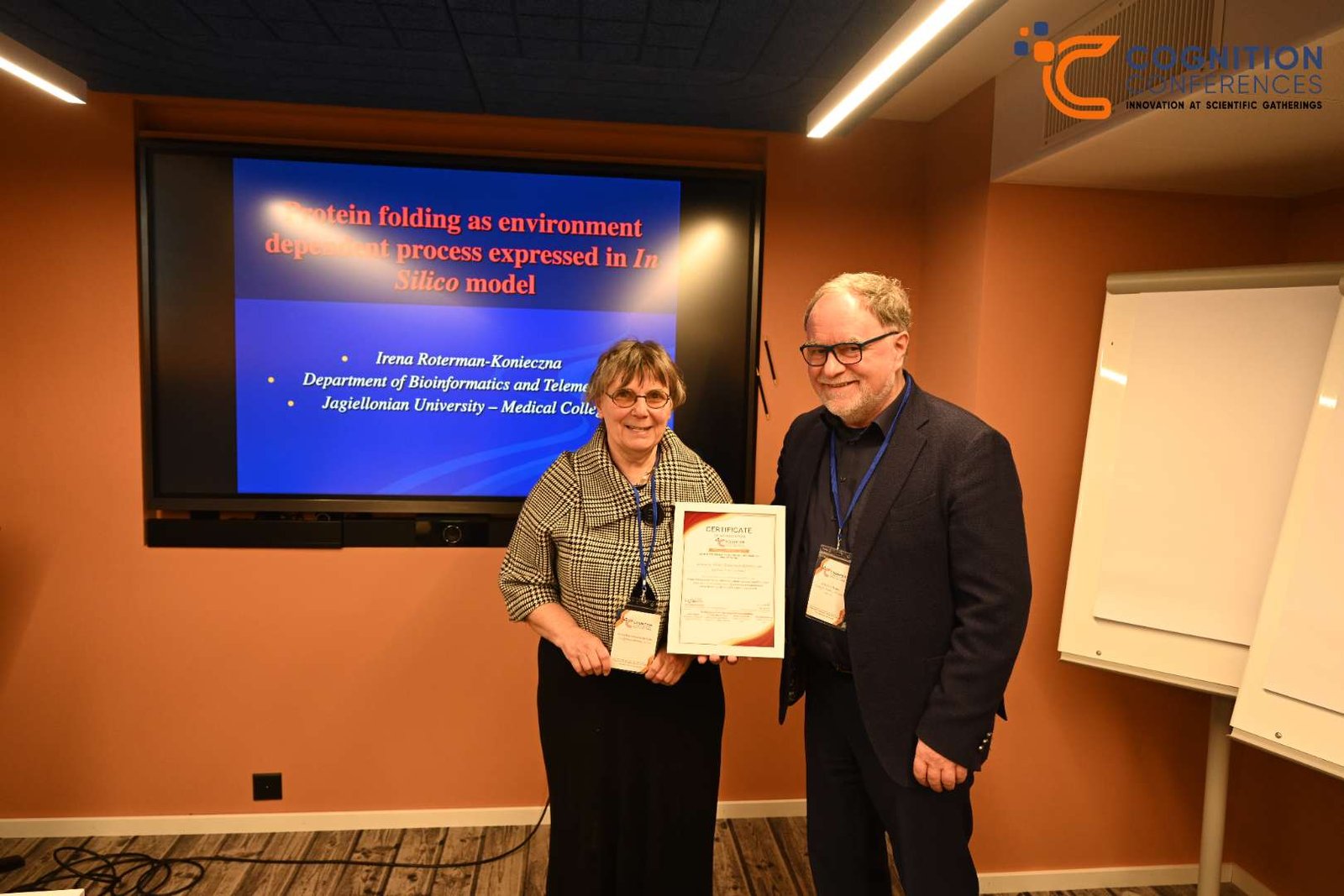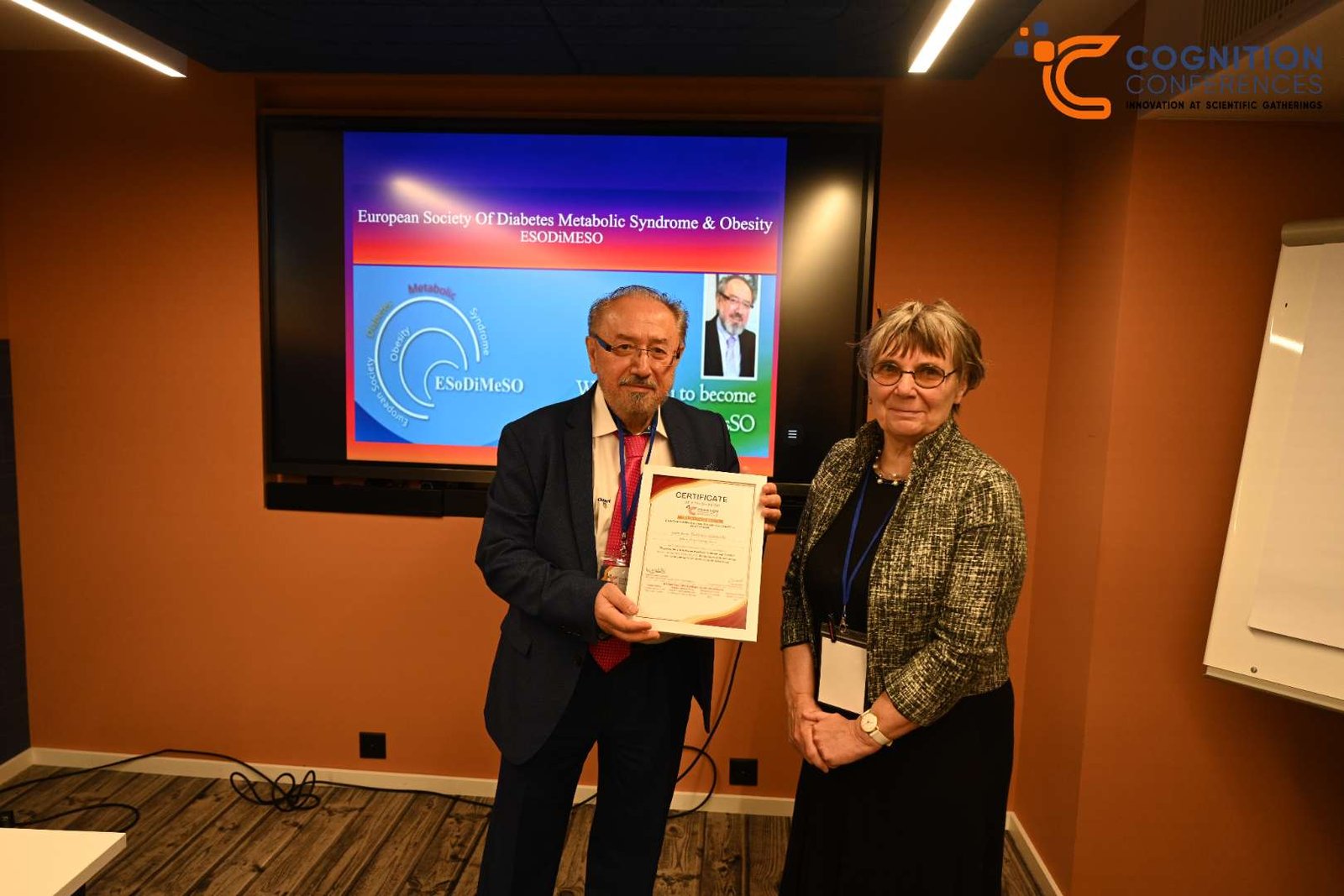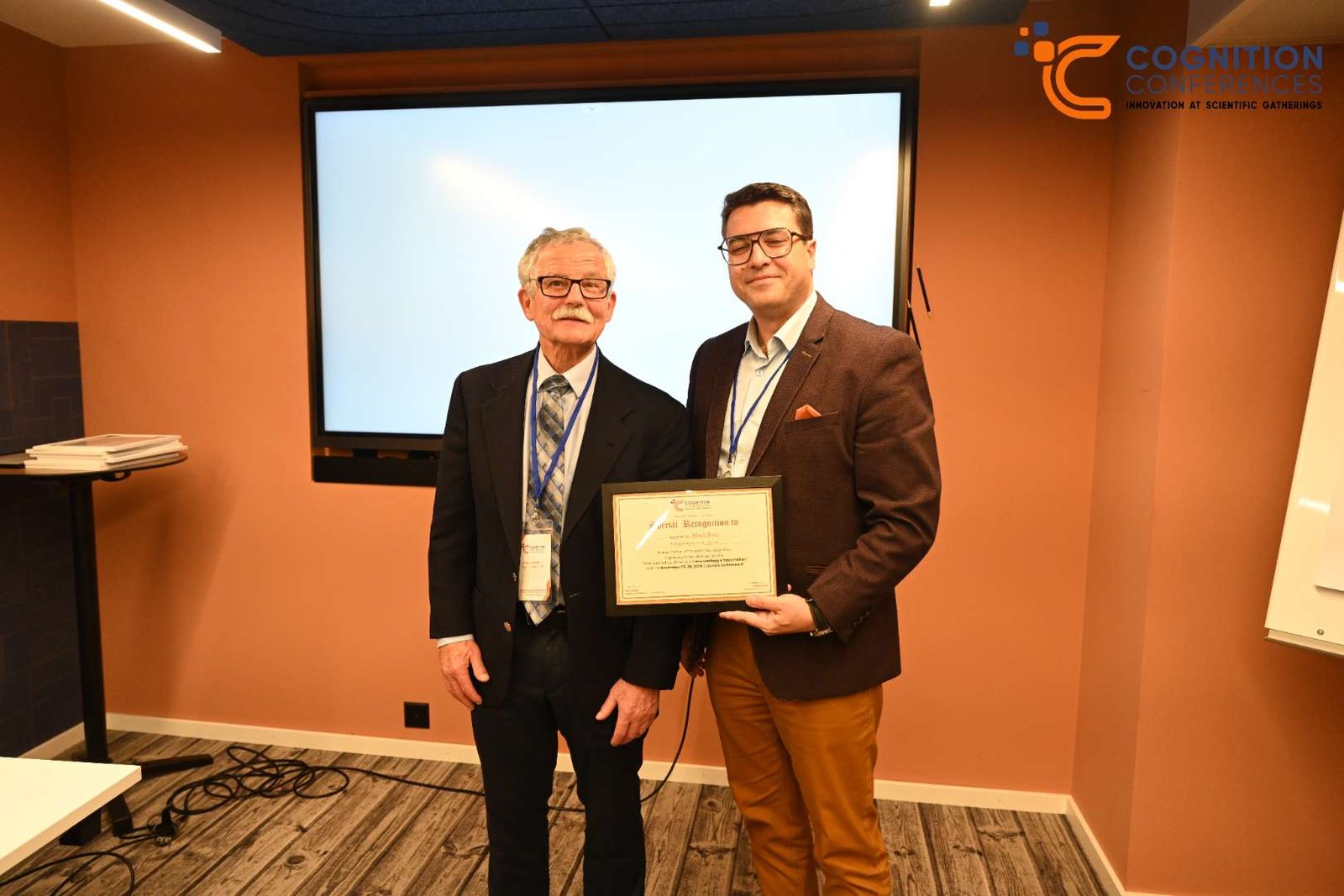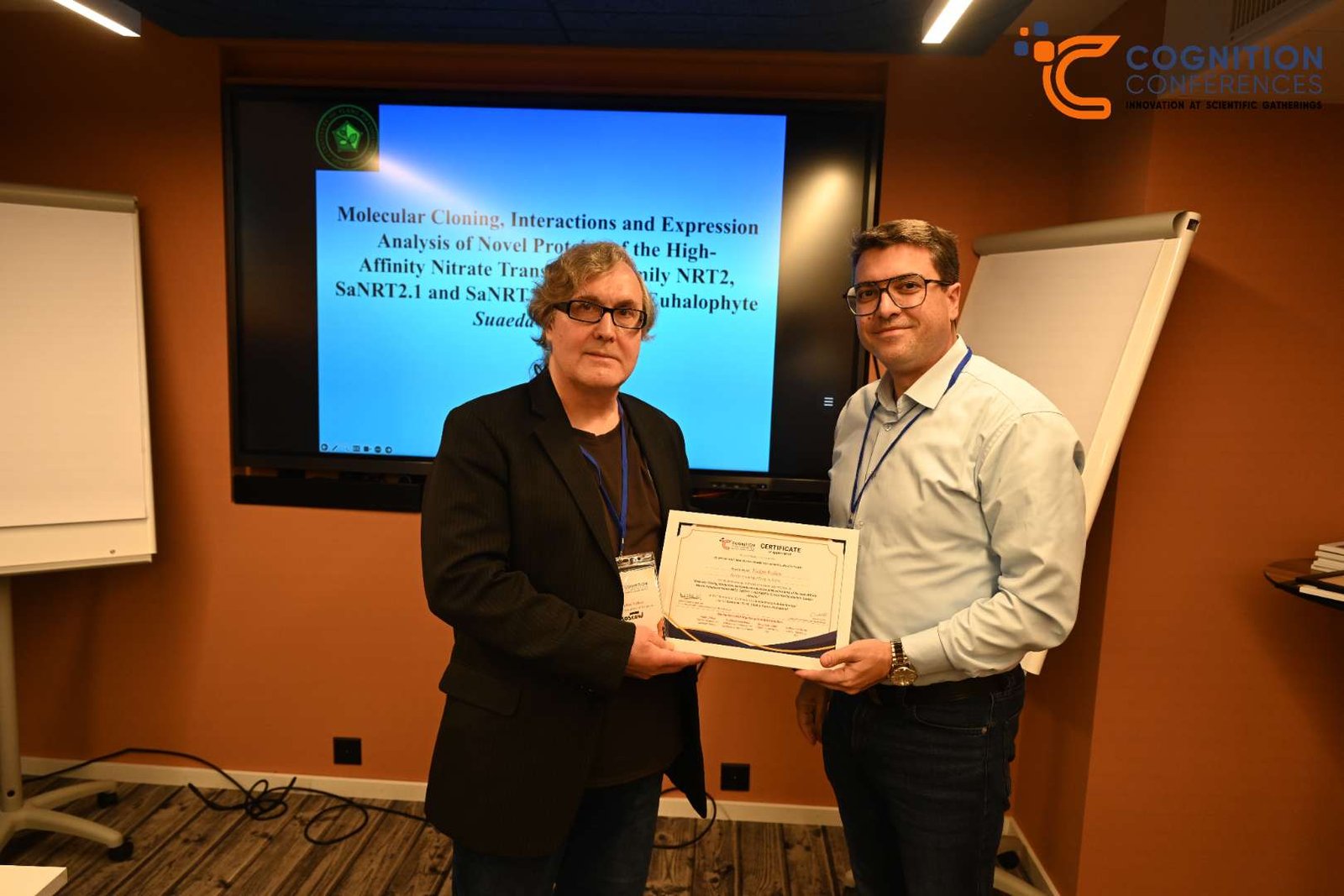Scientific Session
Below are the scientific sessions of the conference
- Session 1 Deep Learning: Advancements & Applications
- Session 2 Reinforcement Learning: Theory & Practice
- Session 3 Natural Language Processing: Innovations & Challenges
- Session 4 Computer Vision: Recent Developments
- Session 5 Generative Adversarial Networks: Applications & Implications
- Session 6 Transfer Learning: Techniques & Trends
- Session 7 Bayesian Machine Learning: Theory & Applications
- Session 8 Quantum Machine Learning: Emerging Frontiers
- Session 9 Explainable AI: Interpretability & Transparency
- Session 10 Time Series Analysis: Methods & Predictive Models
- Session 11 Federated Learning: Collaborative Techniques
- Session 12 Neurosymbolic AI: Integrating Logic & Learning





























